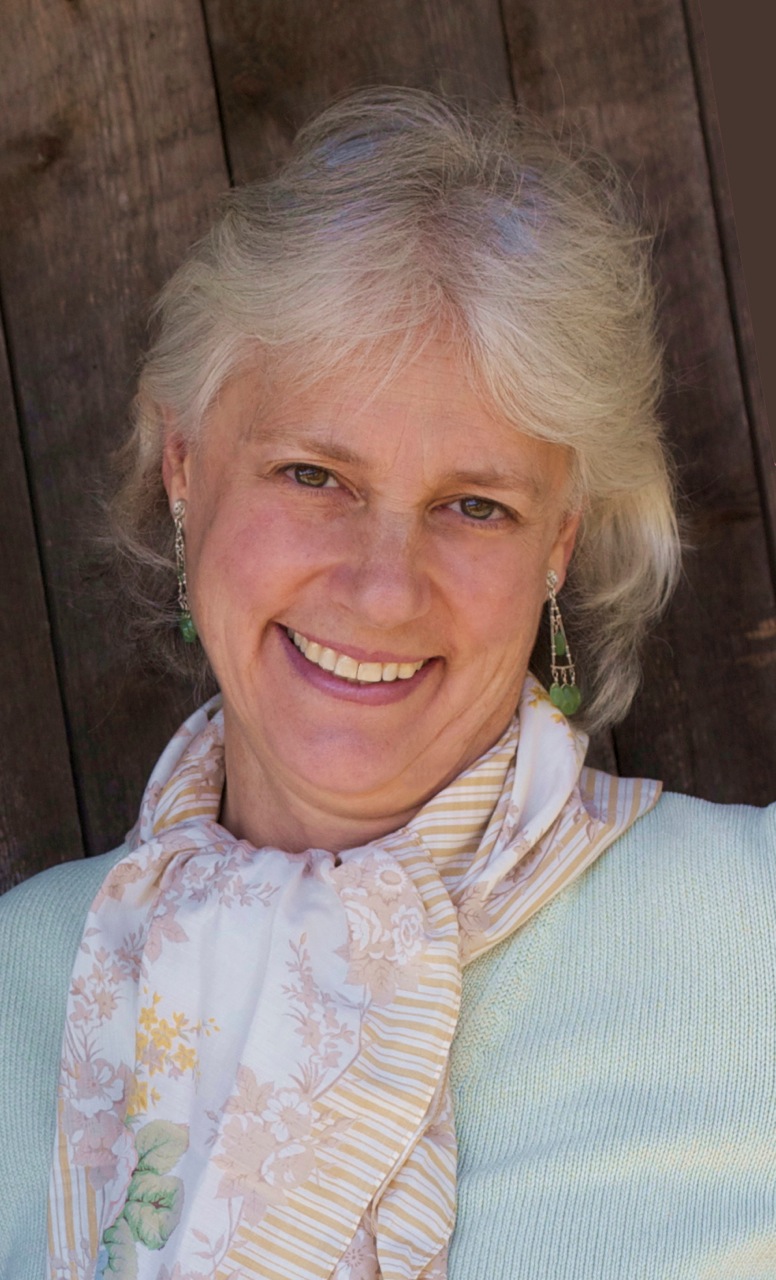Some of you may remember Barry Commoner, a distinguished biology professor and a founder of the modern environmental movement. Among his many accomplishments as a scientist, he is credited with doing the research that led to the 1963 international treaty banning atmospheric nuclear testing. He even ran for president of the United States, using the campaign slogan, “Put a Commoner in the White House.” How can you forget that?
But Commoner is perhaps best known for his four “laws of ecology,” which he outlined in his 1971 book, “The Closing Circle.” These are:
1. Everything is connected to everything else. There is one ecosphere for all living organisms and what affects one, affects all.
2. Everything must go somewhere. There is no “waste” in nature and there is no “away” to which things can be thrown.
3. Nature knows best. Humankind has fashioned technology to improve upon nature, but such change in a natural system is likely to be detrimental to that system.
4. There is no such thing as a free lunch. Exploitation of nature will inevitably involve the conversion of resources from useful to useless forms.
Since each one of these thought-provoking ideas could fill volumes, I’d like to focus on Law No. 2 (everything must go somewhere) from a local perspective.
Do you have any idea where that thing you are throwing away is going? How long will it take to break down and decompose back into the earth? Is it made of materials that will never decompose? Is it made from toxic chemicals? What animals will try to eat it? Are we one of the animals that will eventually consume it in our food or water? Did any of these thoughts occur to you when you took it off the shelf and brought it to the check out?
We live in a very different world from our grandparents, or great grandparents. Today, nearly everything we use or fill our homes with is in some way derived from industrial chemicals. It is estimated that chemicals are used in 96 percent of manufactured materials and products we use, and these chemicals are finding their way into every living thing on land and in water as well as our earth’s atmosphere, creating problems as diverse as contamination of our food supplies and the warming of our planet. Sitting at the top of the food chain, humans now carry around hundreds of synthetic chemicals in their bodies.
In the United States alone there are approximately 80,000 chemicals that have been registered for use, with a small number of these belonging to a class of long-lasting synthetic chemicals, or persistent organic pollutants. These POPs, such as DDT, PCBs, brominated flame retardants, PFCs and dioxins, can travel through the environment by air, water, or a combination of the two, moving to distant places on the planet with the cyclical patterns of evaporation and condensation.
Chemical pesticides used here on Long Island on our lawns, golf courses and farms, as well as those used around our homes for control of other pests, are regularly detected in our groundwater and in other places where they contaminate fragile ecosystems and can kill or harm important species. In Long Island’s water we also detect varying amounts of industrial solvents, dry cleaning chemicals, petroleum products, chemicals used in fire-fighting foam, flame retardants and chemicals from household and personal care products that go down our drains. Will there be a tipping point when our water purveyors cannot filter or remove these chemicals with existing water treatment processes, as is the case with 1,4-dioxane? Clearly, removing them at the source is the only answer.
In meetings and in casual conversations I’ve had with experts about specific chemical contaminants on Long Island, many good ideas were proffered. For instance, fire-fighting training sites should use non-toxic alternatives, leaving the toxic chemical-based foam containing PFCs only for real fires. Dry cleaners should be required by New York state law to use only water-based or liquid carbon dioxide processes to clean clothes, as required in other countries. (Note: New York did have an incentive program for dry cleaners to convert to less polluting methods, but few chose to participate.)
Flame retardant standards for furniture should not require toxic chemicals whose benefits are questionable and when safe alternatives are available and effective. And finally consumers need to be made aware of the ingredients in the products they purchase, so they can choose those that are primarily bio-based and come in packaging that is friendly to our earth.
Whatever we throw “away” goes somewhere, and to protect our health and earth’s resources that provide us and other living things with life-giving air, water and food, we need to be more mindful of our consumption.



